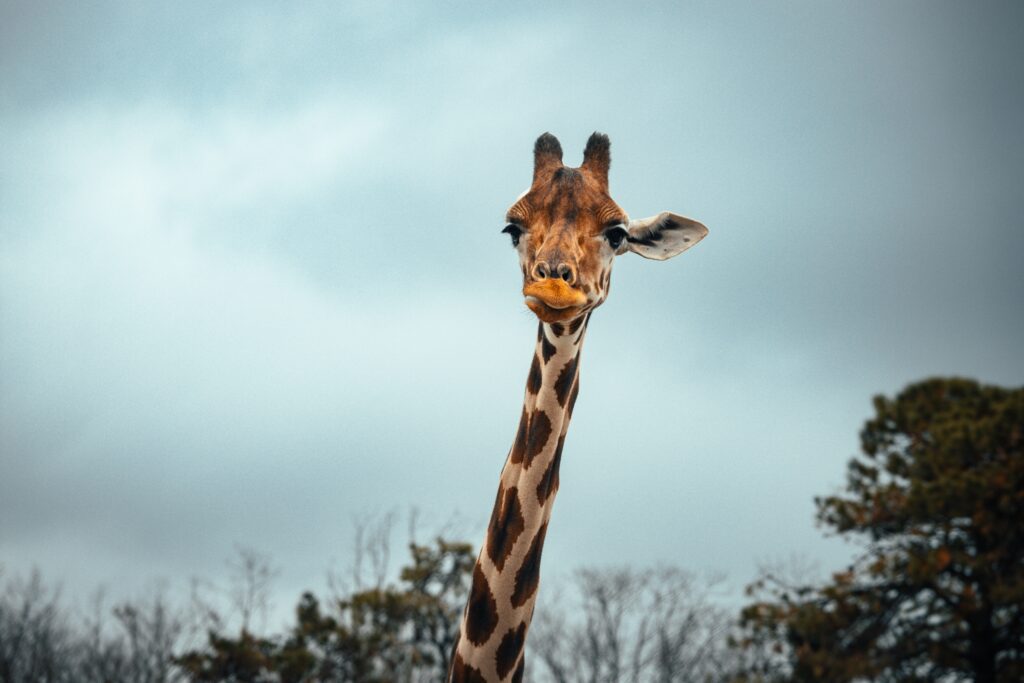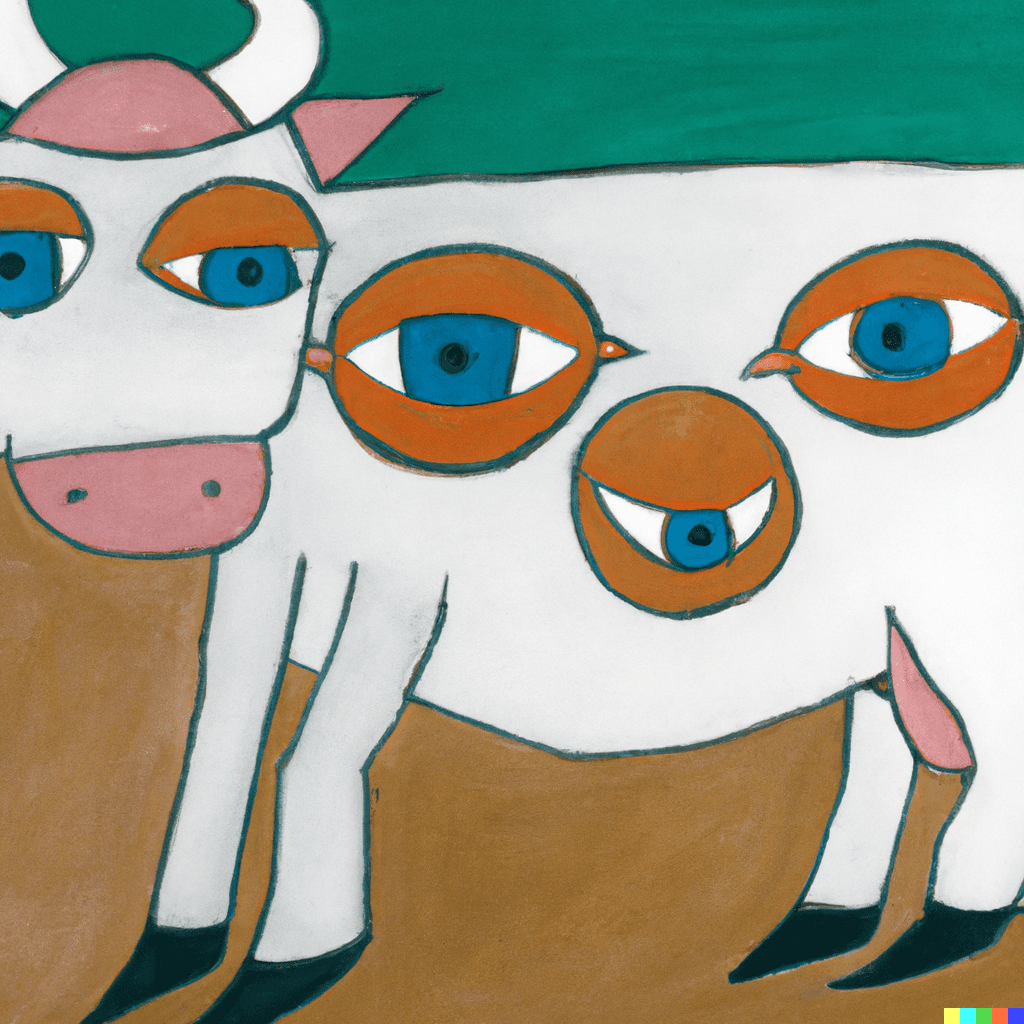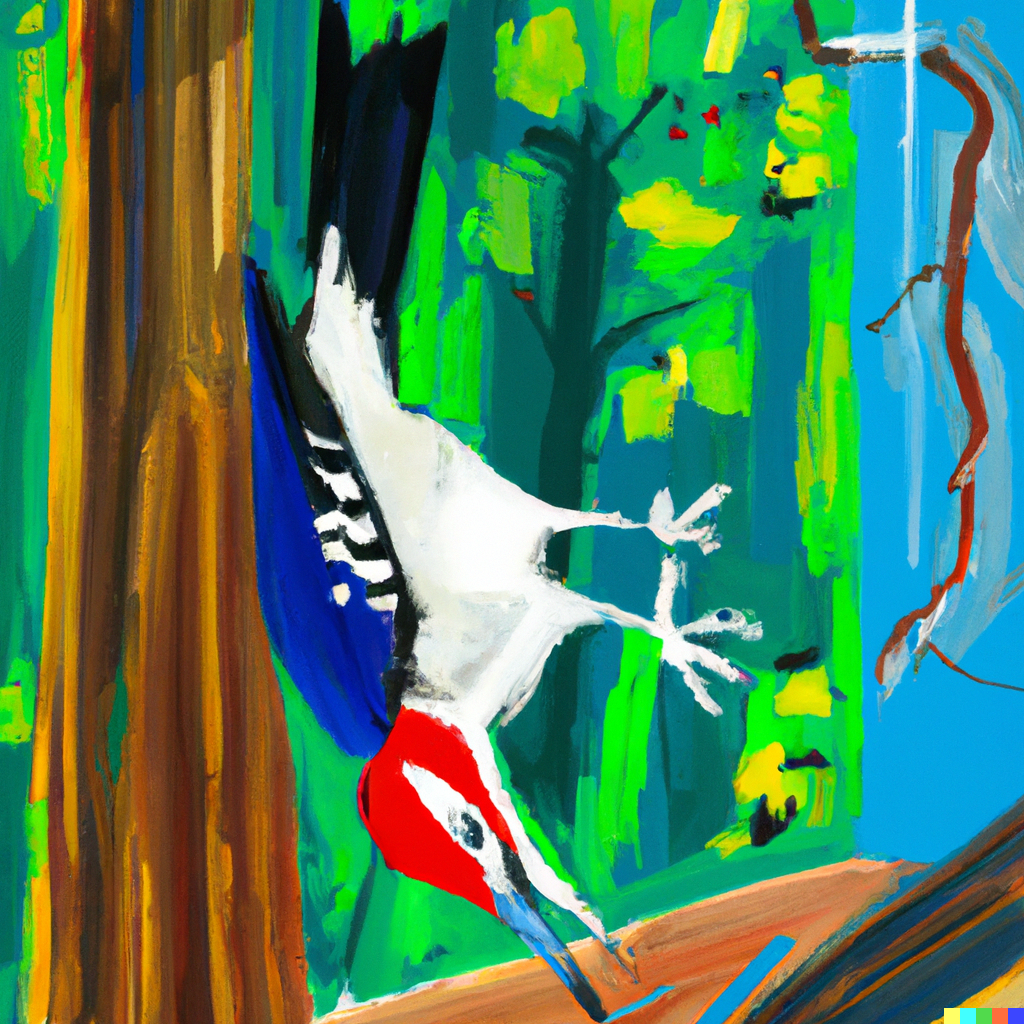Campfire Ruminations Might Never Be Same
By • March 23, 2023 0 8730

Family and friends gathered ‘round a crackling campfire often elicit free-flowing thoughts and emotions. As a social species, we humans have cherished such moments of uninhibited sharing, story-telling and song ever since fire was tamed. Not much has changed since our primitive forebears first prodded the evening embers together – except now we have smartphones.
Around a collective wilderness campfire recently, I was struck by how quickly a simple expressed curiosity about the natural world careened – with the use of the group’s Googling devices – toward unanticipated revelations and worlds of inquiry.
It all started as I was driving the countryside toward this particular riverside camp where friends and family were gathering. As I spotted a field of cows “chewing their cud” happily in an open field, I thought about the curious bovine penchant for possessing multiple stomachs to digest the grass upon which they stand. But I couldn’t remember how many stomachs cows possess. Is it three or four? Then it occurred to me how miserable cows must have been for so many thousands of years as their multiple stomachs took time to evolve. Can you imagine the gastric distress?

Photo by Julie Aagaard.
By that evening, around the toasty campfire, I was sharing my insightful musings about cows and their multiple stomachs. But, instead of the group’s ruminating a while on the beauty of my ideas, I was informed within seconds – via someone’s Google search – that according to the University of Minnesota, cows actually “have four compartments: the rumen, the reticulum, the omasum and the abomasum” for “fermenting feed to produce volatile fatty acids” which serve as the cow’s main energy source. But, not only that! According to Milkmeansmore.com, cows only have one real stomach which contains the four separate compartments. You’d think a firm answer to “how many stomachs does a cow have?” would be solved by now.
Turns out, giraffe’s also have “a four-compartmented stomach, like a cow,” according to ExploringNature.org. Lending credence to my still-pressing case about the suffering of species while biological adaptations take so bloody long, “the giraffe’s face is [also] covered by tough skin and fur that resist the sharp spines of the acacia tree.” With their long necks, couldn’t the giraffes simply find another tree?

Photo by EM.
While learning about the prevalence of multiple-stomached species which had to survive for thousands of years on nearly inedible foods, a curious headline from the town of Gwynedd in North Wales popped up: “Calf born with third eye on forehead – but still destined for slaughter.” According to veterinarian Malan Hughes, the tricloptic cow was extremely rare and Hughes had “never seen anything like” it before. Nevertheless, out of an abundance of fair-play the curious creature was not going to be treated any differently from any of the other cows, so off to slaughter it went. I suppose there are no traveling animal circuses near the town of Gwynedd.

“Picasso Painting of a Calf with Three Eyes.” Generated by DALL-E2, OpenAI.
Soon, we learned of the many myths surrounding the number of stomachs in the average Etruscan Shrew. Some believe the species evolved 800 stomachs, though it’s difficult to imagine. Because the diminutive rodent has such a high surface area-to-volume ratio – being about 20 times smaller than the average adult mouse — the tiny creature is “at a constant risk of hypothermia, and would quickly freeze to death if not for its extremely rapid metabolism.” Constantly on the hunt for earthworms, lizards and even smaller rodents, the shivering rodent must eat nearly twice its weight in food per day just to avoid freezing to death. In fact, the Etruscan Shrew has been clocked shivering at 58 muscle contractions per second. Maybe the Etruscan Shrew needs to evolve more fur?
Delving further into the question, however, we find a Reddit thread authoritatively – at least in tone – debunking the myth of the Etruscan Shrews’ 800 stomachs. A skeptical user named Mineral Magpie asked, “Is it true that Etruscan Shrews have 800 stomachs? Someone told me this and I’m finding it hard to believe.” An anonymous poster decisively responded, “Yeah, no. From a quick google, it seems like there’s a commonly stated fact that their hearts beat about 800 times a minute, and a couple sites where people were asking if it’s true they have 800 hearts. I’m assuming the 800 stomachs is a further bastardization of that ‘fact.’” Someone around the campfire suggested that mischievous middle-schoolers initially spread the Etruscan Shrew 800-stomach myth and now it’s just viral.

An Etruscan shrew from SE Asia (c) L. Olson. Courtesy University of Alaska, Museum of the North.
We were then asked provocatively by NewScientist.com “How many eyes does a chiton have?” And, we were informed the answer is: 1000 eyes. Why is that bizarre? Because a chiton is a nearly brainless mollusk. “Although chitons look very simple, these mollusks have a very sophisticated shell” with an outer layer that “contains up to 1000 tiny eyes, each a bit smaller than the period at the end of this sentence.” According to this post, “mollusks have evolved an extraordinary diversity of vision systems…. [But,] There’s not a lot of brain power there,” one of their scientists said. “It’s like having a hundred television sets on with nobody watching.” So, we have to ask, how long will it be before mollusks develop the means to fully exploit their 1000 eyes? Imagine if they could express themselves through painting? Sadly, they’ll have to wait for opposable thumbs first.

Did you know chitons have 1000 eyes? Also, “Some chitons appear to be rather hirsute as you can see here in this specimen of Chaetopleura lurida.” Courtesy Richard L. Howey, Microscopy-UK.org.
Shortly, I pivoted to another pressing question I’ve always had about the natural world. Aren’t the lives of woodpeckers among the most miserable in the animal kingdom? Imagine being a little bird and trying to pound your head through tough tree bark in search of grubs for so many eons until finally the evolution of the sharp beak makes a comfortable dinner possible. Think of the migraines.
Well, it turned out, my idea was silly. According to an NPR interview with scientist Sam Van Wassenbergh of the University of Antwerp, woodpecker brains are too small to be concussed given the laws of physics. Our brains are 700 times larger. Even though “a woodpecker’s brain takes a big hit with every peck against a tree,” high-speed video analysis by Van Wassenbergh and his crew revealed that even while the woodpecker’s brain experienced deceleration “five times higher” than what it would take to concuss a human brain, “the bird’s brain is so small there’s no damage. In fact, their brains aren’t even cushioned against impact as most believed before this study.

“David Hockney Painting of Woodpecker in Distress.” Generated by WALL-E2, OpenAI.
Unsurprisingly, however, woodpeckers’ beaks “often get stuck in the wood,” when pecking. But, a “clever two-part design allows them to break free almost instantly.” Yet the risks remain all-too-real for woodpeckers, even today. “They close their eyes at the moment they impact the wood. And this is to protect [against] any splinters” that might “hit their eyes.” So, at least, my hypothesis that a species must suffer for an awfully long time before Darwinian adaptation brings a modicum of relief was confirmed by the high-speed video analysis of the Antwerpens.
And, did you know that the name Antwerp came originally from the legend of a young hero named Brabo who cut off a giant’s hand and threw it into the river, hence the name Antwerpen from Dutch for “werpen,” meaning “hand-throwing”?
I suppose ruminating around the campfire with cellphones in hand did garner our appreciation of our own species’ many fortuitous adaptations. And, just think of it — because we evolved simple tool-use, we can impale marshmallows on a stick and roast them over a campfire.

